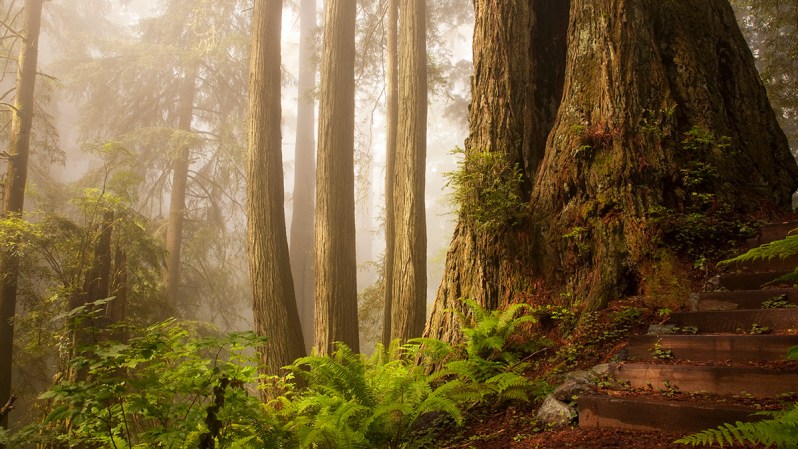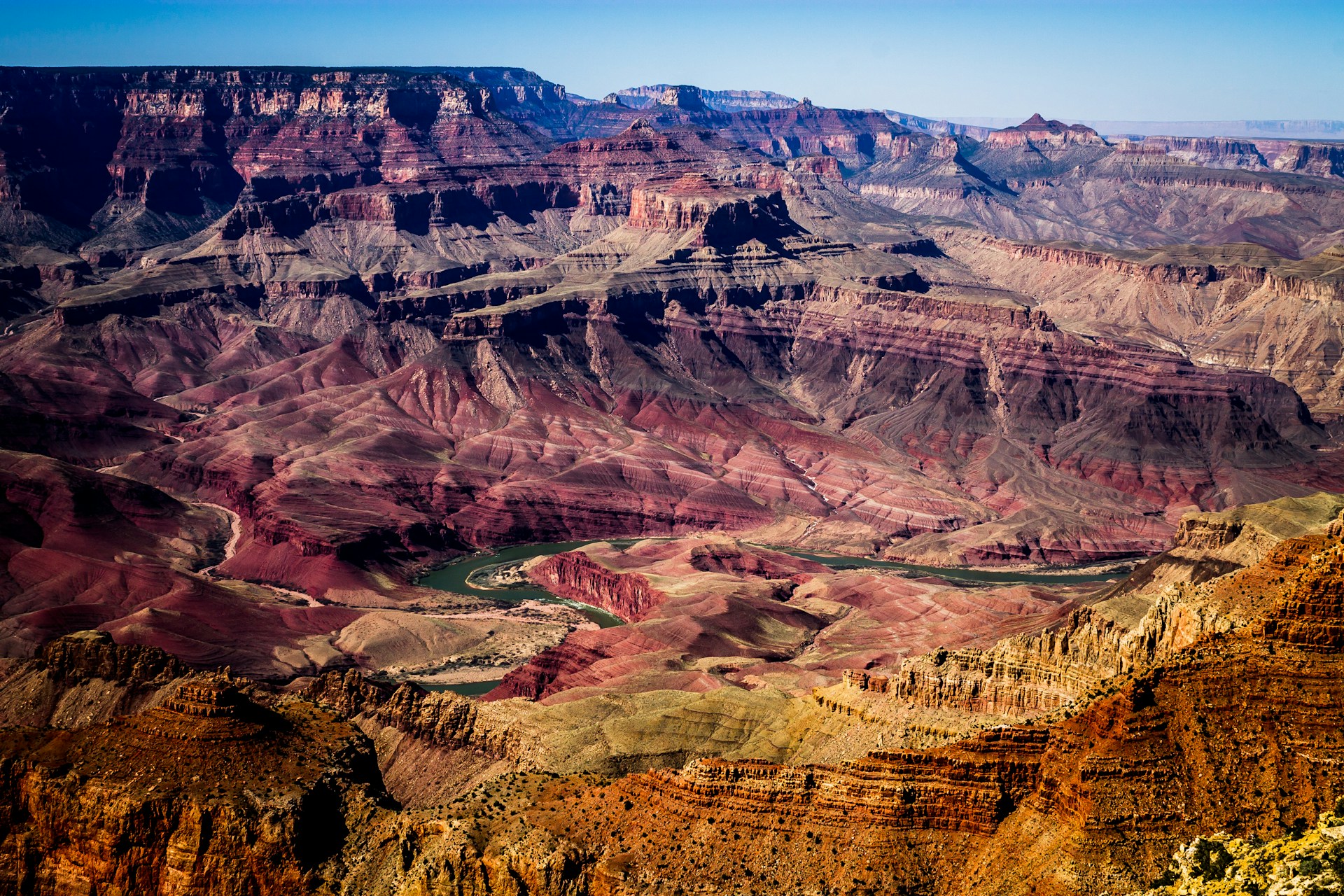National Park Week is right around the corner, and to celebrate, the National Park Service has introduced a fee-free day for Easter Sunday on April 20th. If you’re itching to explore a national park this spring, KÜHL has just released a new study that ranks the top U.S. national parks for wildlife spotting based on species diversity and visitor interest across eight categories: mammals, birds, reptiles, amphibians, and more. Here are the top seven!
Grand Canyon National Park

If you want to see the most wildlife this April, head to Grand Canyon National Park in Arizona, according to the study. This park ranks first for birdwatching, with 447 species in the area, including some rare finds like the California condor, peregrine falcon, and red crossbill. It also comes in second place for spotting mammals, with 91 different species. Reptile lovers will also appreciate 58 species like Gila monsters and short-horned lizards, and 142 species of arachnids like spiders and scorpions.
Great Smoky Mountains National Park

The Great Smoky Mountains are not only great for viewing fall colors. In fact, you can see quite a lot of wildlife here. With 52 documented species of amphibians, 198 species of slugs and snails, and a bone-chilling 969 species of spiders, the chances of you encountering some critters is very high. Of course, you’ll see plenty of mammals here between Tennessee and North Carolina, including bears, deer, and even wild hogs.
Big Bend National Park

Located in Southwest Texas along the Rio Grande, Big Bend National Park ranks third for its diverse wildlife, including 59 species of reptiles, 412 species of birds, and 80 species of mammals. From diamondback rattlesnakes to javelinas and bobcats, Big Bend is a park you won’t want to miss.
Carlsbad Caverns National Park

The caverns at Carlsbad Caverns National Park house a bunch of fun creatures for you and your family to find. Ranked at fourth place, this national park is famous for its population of Brazilian free-tailed bat emergences. It’s ranked fourth in birdwatching with 362 species, fifth for reptiles at 43 species, and seventh for mammals like Rocky Mountain elk at 68 species.
Redwood National Park

Off the coast of Northern California, Redwood National Park is an iconic spot for wildlife sightings between the giant redwood trees. Here, you can spot animals like Roosevelt elk and even river otters. Speaking of rivers, there are about 112 species of fish here, including salmon and tidewater goby.
Guadalupe Mountains National Park

Guadalupe Peak, which is the highest point in Texas, has everything you need for a great National Park Week weekend, including panoramic views and plenty of wildlife. This area has 47 species of slugs and snails, including the Schell Creek Mountain snail, as well as 43 reptile species like the Southwestern fence lizard and 69 mammals, including mule deer and porcupines.
Everglades National Park

Swinging down to Florida, the Everglades ranks third for reptiles (no surprise there!). There are 297 species of fish and 358 species of birds. To see the most wildlife at this national park, I recommend heading down the Anhinga Trail, where you’re sure to spot American alligators and wading birds.




